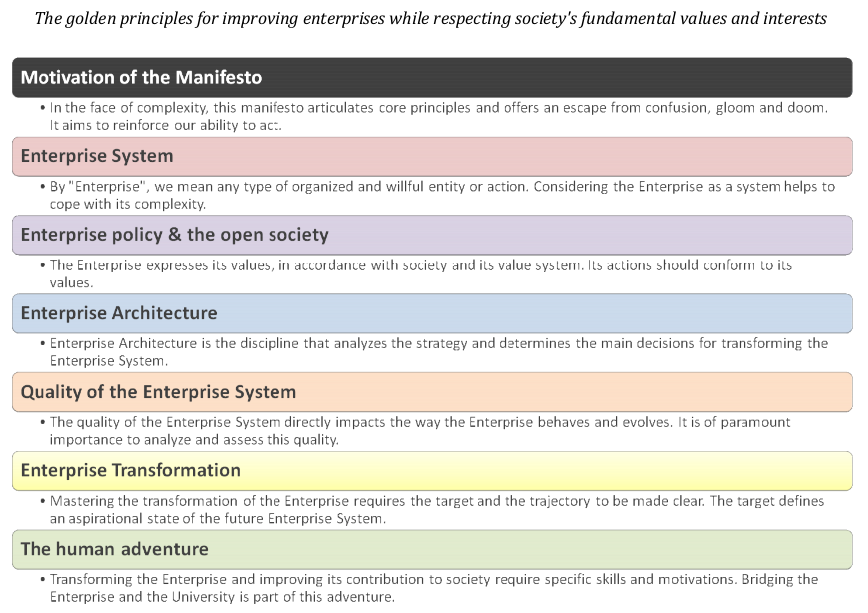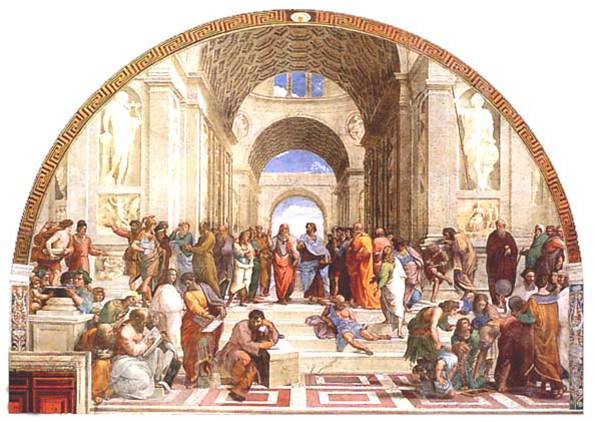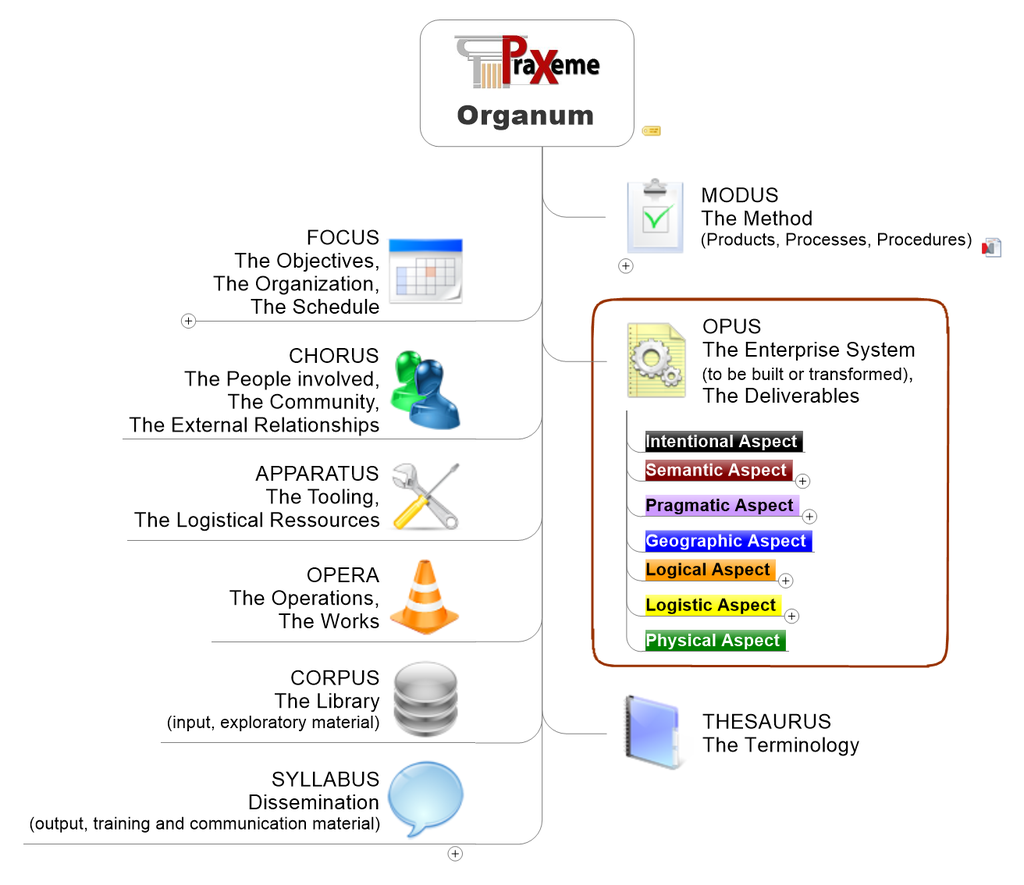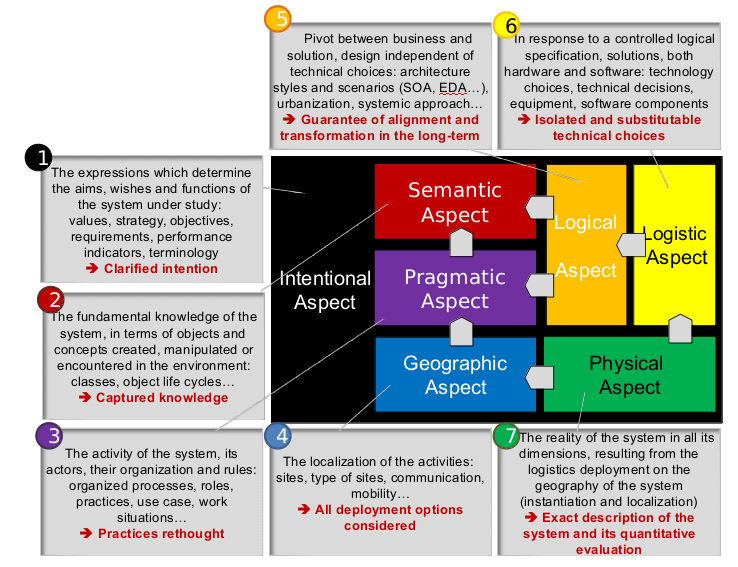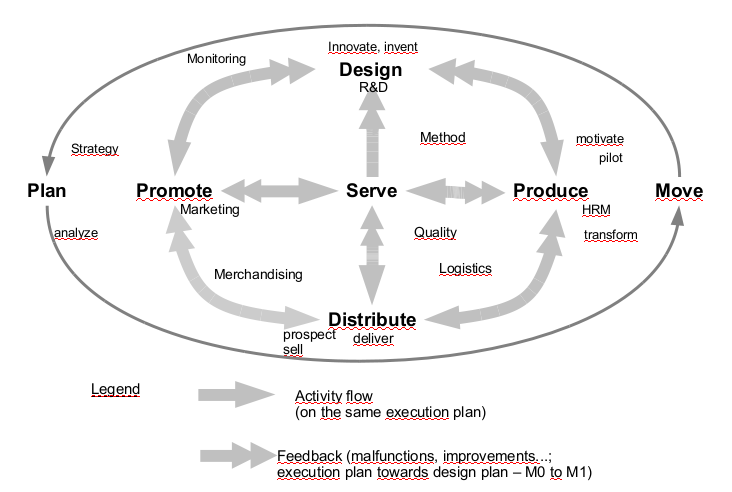Content of the workshop
Public workshop by the Praxeme Institute, with Joël Bizingre – Conix Consulting:
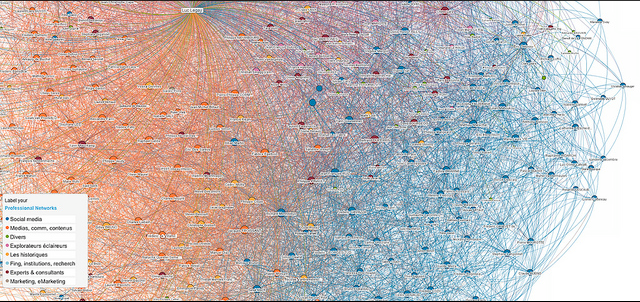
Linkedin maps data visualization
Not a day passes without a new Data term (Data broker, Data scientist, Big Data, Smart Data, Chief Data Officer, Data virtualization…), a new Data solution announcement… stick Data onto what you do and it becomes a buzz word.
A current trend, a set of issues as old as the world, a change of paradigm…, the objective of this Praxeme workshop on “Data Architecture” is to take a step back and debate what would a Data Architecture be and what guidance the Praxeme method could bring.
Agenda
First part: Data world
- Tipping point: signals around data
- Overview of Data topics: Open Data, Data Vizualization, Big Data, Data policy, “AGL” Data, Data provider, Master Data, MetaData, Data Lake…
- From the Data game to the Data war… what will the world be like afterwards?
- I am a Data Scientist, a Data Manager… inventory of Data professions
Second part: Data architecture
- What value proposition?
- What representation?
Debate and discussion on these questions and on what the methodological contribution can bring.
The workshop proposed is an initial discovery within this wave of data. Far from having all the answers, it is about sharing and shedding a first light on the topic and especially exchanging, reacting and contributing one’s viewpoint.
As the number of places is limited, please only register if you are certain to attend.
Speaker
Joël Bizingre, Conix Consulting
Workshop support [fr]
Workshop modalities
- Location: Paris region
- Date: 09/07/2014, from 6pm – 8pm
- Free
- Registration (compulsory): https://www.weezevent.com/praxeme-etla-data-architecture






